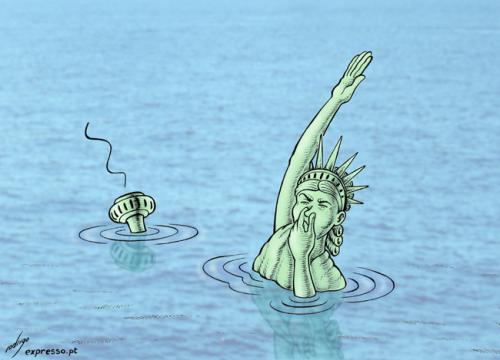It all began in Beringia……..
‘Beringia land bridge’ was a large landmass that connected Siberia and North America. This stretch of land was inundated by seawater around 10,000 years ago. Hence, the ancestors of American Indians passed through to North America while the ancestors of the Aleuts and Eskimos tracked along the rich coastal lines. Archaeological evidence show that the Aleutians lived off from the seas (Laughlin, 1975).
‘Beringia land bridge’ was a large landmass that connected Siberia and North America. This stretch of land was inundated by seawater around 10,000 years ago. Hence, the ancestors of American Indians passed through to North America while the ancestors of the Aleuts and Eskimos tracked along the rich coastal lines. Archaeological evidence show that the Aleutians lived off from the seas (Laughlin, 1975).
I am going to focus on the Aleuts on this blog and
Eskimos in the next.........
The ancestors of the Aleuts walked and used boats when travelling
through to Alaska. They had their own race, language and culture. Russians discovered
the Aleuts only 8700 years after they have discovered the Aleutian Islands (Laughlin,1975).
The Aleuts were well known for their mastery to hunt whales
and sea otters. They adopted hunting skills to hunt in the open seas with the
use of harpoons. The skill for hunting whales needs methodical training
from childhood. This acquired stretching tendons
of the shoulders to cast harpoons and tendons of the back and legs for
sitting in a baidarka. Also navigating the open waters and understanding animal
behaviour was a vital component of their training (Laughlin,1975).
Dr Who?
The Aleuts developed good knowledge on health that led to
medical practices such as acupuncture, skills in delivering new babies and
preparing mummies.
The clever
Aleuts.......
Aleuts also adopted and adapted the European culture well,
learning to play chess with speed. Shortly they acquired the alphabet where men
and women learnt to read and write letters and keep diaries.
This adoption, adaptation skills they acquired and their
long life expectancy are related with their environment.
I
think adaptation skills Aleutians have acquired are a great example for us to
learn from....... No extinction of species was reoccurred in their vicinity
demonstrating of good management of natural resources available to them.






